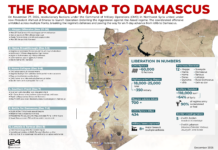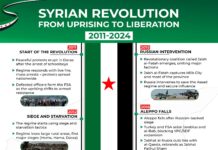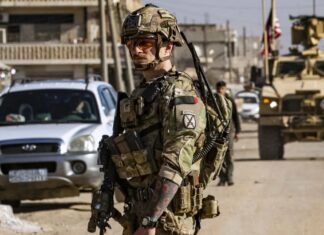
An Israeli airstrike in southern Lebanon late Sunday left several Syrian refugees, including six children, injured as tensions between Israel, Hezbollah, and their regional allies continue to escalate. The Lebanese National News Agency (NNA) reported that the strike targeted a three-story building in the town of Maaroub, near the city of Tyre, injuring 12 people, including 11 Syrians and one Lebanese citizen.
Among the injured were two Syrians in critical condition, a 5-month-old girl, and a woman. Local hospitals, including Hiram Hospital and the Lebanese Italian Hospital, are currently treating the wounded, with some being transferred to Jabal Amel Hospital for specialized care. Social media footage captured the moment Israeli planes bombed the building, following a sonic boom over the Tyre district.
The recent airstrike is part of a pattern of violence affecting the large population of Syrian refugees in Lebanon, who number approximately 1.5 million. Earlier this month, five Syrian refugees, a mother and her four children, were killed in an Israeli airstrike in the town of Shamaa, also in southern Lebanon. These incidents underscore the severe impact of the ongoing conflict on the region’s vulnerable civilian populations.
The situation along the Blue Line, the UN-demarcated boundary between Israel and Lebanon, has become increasingly volatile since October 8. Daily exchanges of fire between Hezbollah and the Israeli military have resulted in hundreds of casualties, most of them on the Lebanese side. The violence has led to international concerns about a potential escalation into a broader regional conflict. Countries including the US, France, and Norway have issued travel warnings and advised their citizens to leave Lebanon.
The current hostilities have been fueled by events such as the missile attack on the village of Majdal Shams in the occupied Syrian Golan Heights, where 12 people were killed, and the assassination of Hezbollah leader Fouad Shukr. In response, both sides have vowed further retaliation, raising fears of an all-out war.
Meanwhile, the Iranian Revolutionary Guard Corps (IRGC) has bolstered its presence in Syria, completing the establishment of a naval military base on the Syrian coast near Baniyas. This development is seen as part of Iran’s strategy to enhance its influence in the region and monitor Western naval movements in the Mediterranean.
The creation of the Iranian naval base has added another layer of complexity to the conflict. Iran’s expanding military footprint in Syria, supported by Russia, has drawn scrutiny from Israel, which has repeatedly targeted Iranian and Hezbollah assets in the region. The Israeli government views the base as a direct threat, given its potential use for launching operations against Israel and monitoring American and allied forces.
The escalation in southern Lebanon and Syria has drawn widespread condemnation and concern. With no signs of de-escalation, the international community continues to monitor the situation closely, fearing that the conflict could spiral into a larger regional war.








